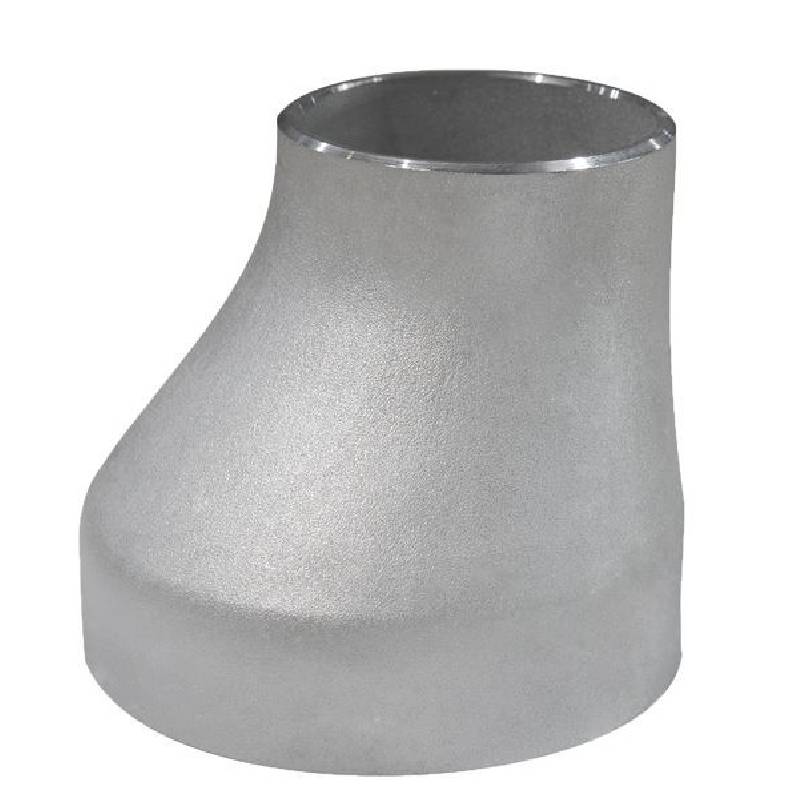-
Cangzhou Yulong Steel Co., Ltd.
-
Phone:
+86 13303177267 -
Email:
admin@ylsteelfittings.com
- English
- Arabic
- Italian
- Spanish
- Portuguese
- German
- kazakh
- Persian
- Greek
- French
- Russian
- Polish
- Thai
- Indonesian
- Vietnamese
- Zulu
- Korean
- Uzbek
- Hindi
- Serbian
- Malay
- Ukrainian
- Gujarati
- Haitian Creole
- hausa
- hawaiian
- Hebrew
- Miao
- Hungarian
- Icelandic
- igbo
- irish
- Japanese
- Javanese
- Kannada
- Khmer
- Rwandese
- Afrikaans
- Albanian
- Amharic
- Armenian
- Azerbaijani
- Basque
- Belarusian
- Bengali
- Bosnian
- Bulgarian
- Catalan
- Cebuano
- China
- China (Taiwan)
- Corsican
- Croatian
- Czech
- Danish
- Esperanto
- Estonian
- Finnish
- Frisian
- Galician
- Georgian
- Kurdish
- Kyrgyz
- Lao
- Latin
- Latvian
- Lithuanian
- Luxembourgish
- Macedonian
- Malgashi
- Malayalam
- Maltese
- Maori
- Marathi
- Mongolian
- Myanmar
- Nepali
- Norwegian
- Norwegian
- Occitan
- Pashto
- Dutch
- Punjabi
- Romanian
- Samoan
- Scottish Gaelic
- Sesotho
- Shona
- Sindhi
- Sinhala
- Slovak
- Slovenian
- Somali
- Sundanese
- Swahili
- Swedish
- Tagalog
- Tajik
- Tamil
- Tatar
- Telugu
- Turkish
- Turkmen
- Urdu
- Uighur
- Welsh
- Bantu
- Yiddish
- Yoruba

Dec . 19, 2024 23:31 Back to list
Creating a Comprehensive Guide for API 5L Specifications and Standards
Understanding API 5L Specification A Comprehensive Overview
API 5L is an essential standard developed by the American Petroleum Institute (API), which focuses on the specification for the design and manufacturing of line pipes used in the transportation of gas, water, and oil. Given that the global demand for energy continues to rise, the importance of API 5L specifications cannot be overstated. This article delves into the key aspects of the API 5L specification, its applications, and its significance in the industry.
Overview of API 5L
Initially published in 1968, API 5L has undergone numerous revisions to keep pace with advancements in materials, manufacturing processes, and safety standards. The specification outlines the requirements for the manufacturing, testing, and quality of line pipes intended for use in the transportation of hydrocarbons in various environments. It encompasses different types of steel grades, pipe dimensions, and manufacturing processes, establishing a comprehensive framework for producers and end-users alike.
Grades and Types of Pipes
API 5L classifies pipes into various grades, denoted as X followed by a number (e.g., X42, X52, X60). The number represents the minimum yield strength measured in kilopounds per square inch (ksi). Higher-numbered grades indicate stronger pipes, making them suitable for high-pressure applications.
Moreover, API 5L pipes can either be seamless or welded. Seamless pipes are crafted from solid round billets, which are heated and pushed to form a hollow tube. In contrast, welded pipes are made by rolling steel sheets into a cylindrical shape and welding the edges together. Each type serves distinct applications depending on the requirements of the project, such as specific pressure conditions or environmental factors.
Manufacturing Standards
The manufacturing process of API 5L pipes adheres to stringent quality control measures. These measures are in place to ensure that the pipes maintain structural integrity and can withstand the nuances of transporting substances under various conditions. Notably, the specification emphasizes the importance of processes such as heat treatment, hydrostatic testing, and non-destructive testing to confirm the physical properties of the pipes.
api 5l specification

Applications of API 5L Pipes
API 5L pipes find application in several critical sectors, particularly in the oil and gas industry. These pipes are instrumental for transporting oil, natural gas, and water from extraction points to processing facilities. Furthermore, they are integral to various infrastructure projects, including pipelines, refineries, and offshore drilling operations.
The versatility of API 5L pipes makes them suitable for both onshore and offshore applications. Thanks to their exceptional strength and durability, they can endure harsh environmental conditions, whether buried underground or submerged in marine settings.
Importance of API 5L Compliance
Compliance with API 5L standards is crucial for ensuring the safety and reliability of pipeline systems. It provides a benchmark against which manufacturers can verify their products' performance, giving assurance to engineers and stakeholders involved in the planning and execution of projects. Non-compliance risks pipeline failures, which can lead to catastrophic environmental and economic consequences.
Moreover, API 5L specifications contribute to the overall economy by facilitating international trade. Many countries recognize and adopt these standards, fostering a uniform approach to pipeline construction and maintenance across borders.
Conclusion
In summary, the API 5L specification plays a critical role in the energy industry and beyond. Its comprehensive guidelines for manufacturing, testing, and quality assurance contribute to the safety and efficiency of pipelines used in the transport of hydrocarbons. As energy demands continue to grow, adhering to API 5L standards is imperative for the sustainable development of global energy infrastructure. By understanding and implementing API 5L specifications, industry professionals can ensure that they are equipped with reliable and safe piping solutions to meet contemporary challenges.
Latest news
-
ANSI 150P SS304 SO FLANGE
NewsFeb.14,2025
-
ASTM A333GR6 STEEL PIPE
NewsJan.20,2025
-
ANSI B16.5 WELDING NECK FLANGE
NewsJan.15,2026
-
ANSI B16.5 SLIP-ON FLANGE
NewsApr.19,2024
-
SABS 1123 FLANGE
NewsJan.15,2025
-
DIN86044 PLATE FLANGE
NewsApr.19,2024
-
DIN2527 BLIND FLANGE
NewsApr.12,2024
-
JIS B2311 Butt-Welding Fittings LR/SR 45°/90° /180°Seamless/Weld
NewsApr.23,2024











